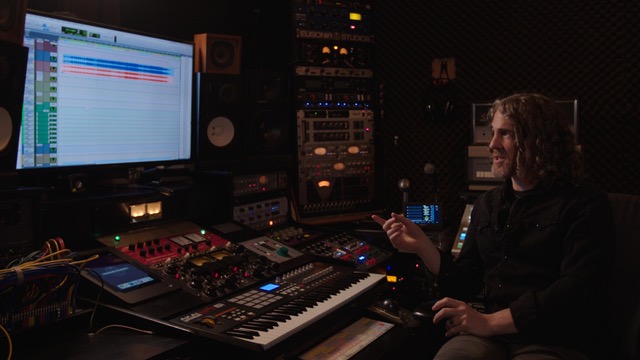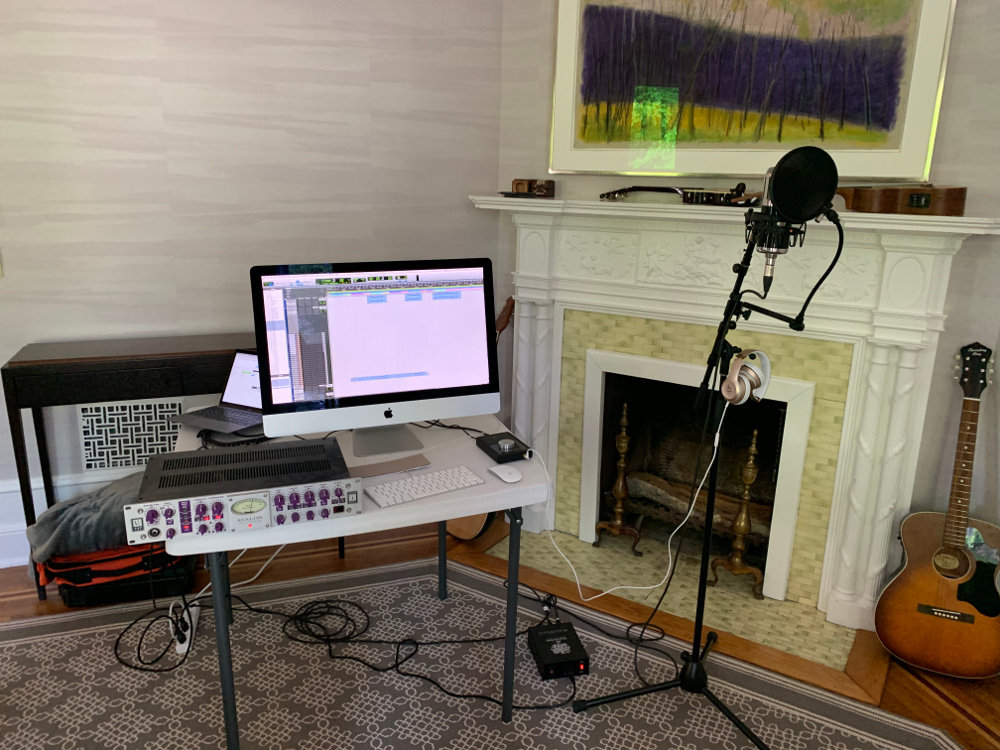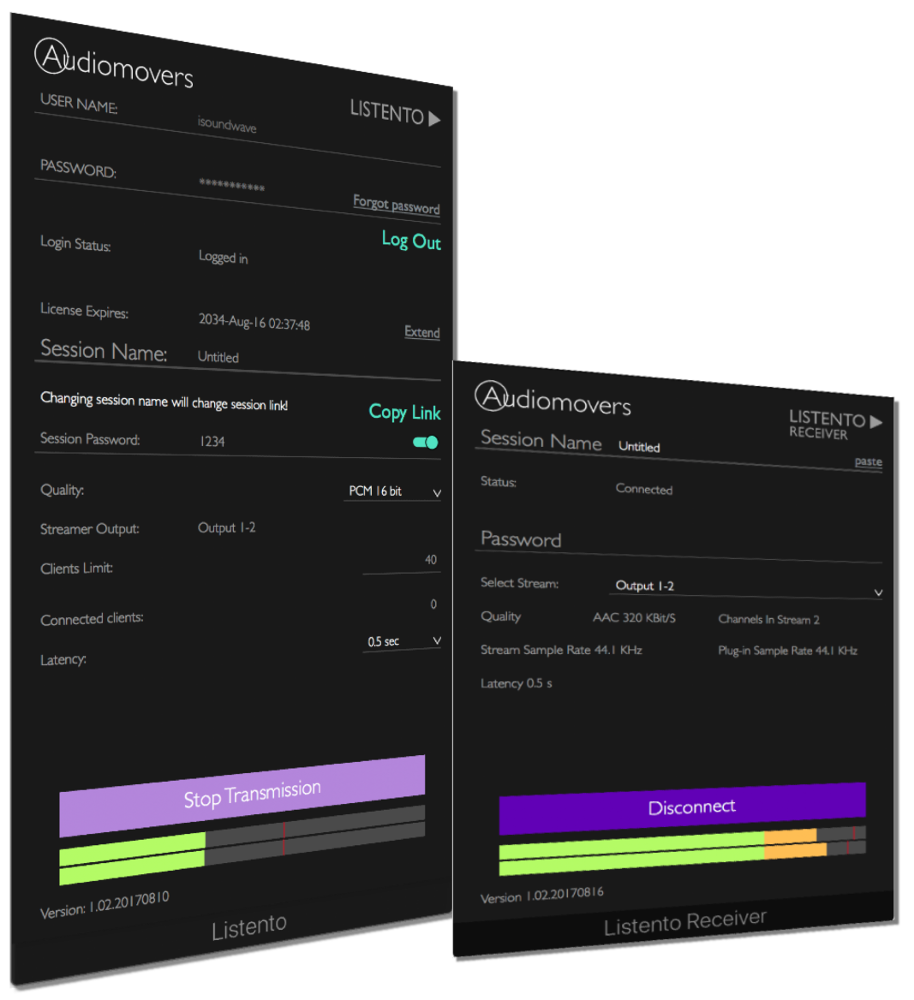Recording Vocals in the Time of Coronavirus: How to Make a House Call
When we think about the overwhelming impact that Covid-19 has had on all of our lives, the default impulse seems to be a profanity-laden exclamation that the virus has completely changed our world. While this is obviously correct, I prefer to think of it in these terms: The virus has only (and hugely) accelerated us along many pathways that we were already on.
The writing has been on the wall for the brick and mortar retail industry for quite some time, but now it is on a fast pace toward oblivion. We were already rethinking office space and working remotely, but now we are doing it in a very condensed timeline with a sense of extreme urgency. The health care industry, the education system, the police force, all need to be reimagined immediately in the wake of recent events.
And of course, our beloved music industry, specifically the recording studio universe and those who occupy its galaxies, is facing a tremendous existential threat. Studios can’t exist if we don’t have people working in them. Similarly, producers, mixers, songwriters, and engineers—whose work, to varying degrees, depends on in-person human interaction—have all needed to rethink their careers, their tools, their environments as we get used to living in a very different reality. So here we are…
Like many of you reading this, I’ve had to ask myself some tough questions during these times. And I’ve worried about my career, my studio, and my chosen profession. What are we to do? How long will this situation last? Will it permanently change the way we work, or is this temporary? Will I die if I don’t adapt?
When I took a look at the trilogy of elements that constitutes my career—writing, producing, mixing—I have tried to envision what they each look like in this new reality. Whether or not I like what this reality looks like is beside the point; it is the reality for everyone now for the foreseeable future.
For the last decade or so, because of advancements in technology and the way the mixer’s methods have evolved, mixing has lent itself well to being a remote endeavor. Songwriting, while not ideally suited to video conferencing (which is completely devoid of vibe), is entirely doable in the ether.
And when we look at “producing” in a modern sense, which involves programming and beat-making, at least half the songs at the top of the charts were first created on a laptop and headphones in a bedroom. Even if we take instrument tracking and musicians out of the picture for a moment, we still have one major component of the song-creation process missing; and it is arguably the most important one. Cutting vocals.
Production Puzzle
In my own process, which has hinged upon in-person vocal production and the recording of vocals on carefully chosen mics, pre-amps and compressors for each particular vocalist and project, the inability to record vocals was a complete impasse. Quite simply, any song was not going to get finished without being able to record and produce the lead and background vocals.
Since the prospect of recording vocals at my studio came with significant health risks for both the artist and the studio personnel, I began to think of alternatives, but they all made me nauseated.
I could let the vocalists do their own vocals and then send them to me, but this introduces a whole host of issues: namely, no quality control on any level in terms of performance coaching, equipment choices, engineering decisions, etc…
Another option was to have them record the vocals while we were on a video call on a different device. This was also wrought with problems: my not being able to hear their vocal in the track was probably the greatest issue as there is no reference point for timing or pitch.
In both of these scenarios, I was dependent of the equipment that the artist happened to have at their disposal—and even more importantly, their ability to use it properly. There had to be a better solution…and my goal was becoming increasingly clear: I needed to come as close as possible to simulating the experience of cutting vocals in person, in my studio, in real time, into my signal chain.
How to Make a Vocal House Call
I’m grateful to the kind folks at Puremix, who planted a seed which allowed me to see how this could become possible. I was to do a webcast with Jason Mraz about the process of making his new album, and Puremix asked me to download the Listento plugin from Audiomovers so that those who tuned in could listen to the session. When I saw how it worked and what it could do for my own recording process during Covid times, my perspective changed in an instant.

Listento is a simple plugin that you can put on any track (usually on the master) of any DAW which allows you to stream the music out to a URL link that anyone can listen to (it can also receive audio using a similar process). The resolution of the stream (assuming a decent high-speed internet connection) is astonishingly good and the end user does not need any special software. You just send them the link and they can listen to the session on any device.
I saw this as a game-changer. Aside from obvious uses in refining the mix revision process in real time with the artist, the software provides a way for people to track/produce/monitor music instantaneously and remotely. And in my case, using this tech to record vocals closed the gap on the song-creation continuum: I could now track vocals in a method that had so many advantages over every other method.
Here’s how I did it:
Step 1: Assemble a self-contained recording rig for your artist. This would typically include: a computer with a DAW installed with all the kinks worked out, a mic that you would use, a mic-stand, a pop-filter, a pre-amp, a compressor, an interface, all the necessary cables to interconnect the rig. (If possible put the gear in protective cases to avoid any problems that could occur in transit).
Step 2: Put on a mask, bring the rig to the artist’s home, and set it up in the area that best suits a quiet, isolated recording. Teach them how to use it in the simplest sense (power-on/off, play/record, etc). Test the system.
Step 3: Go back to your studio, have the artist send you the streaming link from Listento. Set up a separate device (phone, tablet or laptop) to have a video call. Monitor the session on your headphones and have the video call going in the background. Make sure both parties mute their video conference device during takes so that the audio doesn’t get into the recording.
Step 4: Do whatever engineering you normally would do: artist’s proximity to the mic, pre-amp gain and compression settlngs, make the vocalist comfortable with his/her headphone mix.
Step 5: Produce vocals in whatever way you normally do it. You can coach in between takes, give direction, check levels, etc.
Step 6: When you’ve finished the session, have the artist send you the session and get to work comping, tuning, nudging, tweaking…
Step 7: Be grateful that you can still make music while in quarantine. Have fun (and don’t forget to get your gear back!)
(Author’s note: many of you may have read this saying “duh” or you may have other equal/better methods of achieving the same goal. All good. This is just a story of one luddite’s journey and how it made these dark times a shade brighter. I hope it has been helpful for some of you.)
Grammy Award-winner Scott Jacoby (aka SCOJAC), is a Writer, Producer, Engineer, Mixer, Musician and Recording Artist. His collaborations include John Legend, Coldplay, Janelle Monae, Rachel Platten, Jason Mraz, Vampire Weekend, Sia, Stormzy, Aloe Blacc, Ty Dolla Sign, Kelly Clarkson, Jose James, Vanessa Hudgens, Fabolous, Ben l’Oncle Soul, Jackie Evancho, SZA, Chimene Badi, Naturally 7, Ronnie Spector and Cory Henry. As a composer, Scott has scored and engineered award-winning feature-length films (Lionsgate), documentaries (Frontline), television shows (Disney), and national television commercials (Old Navy). He is the Founder/President of EUSONIA Records, the owner of EUSONIA Studios, and the CEO of his production company, SCOJAC Music Productions.
Selected highlights for 2020 include: Jason Mraz – Look For The Good (mixer); Ben l’Oncle Soul – Addicted To You (mixer, additional production); Straight No Chaser – Frosty (writer, producer); Deva Mahal – Sister (mixer). Visit Scott at http://www.scojac.com/
Please note: When you buy products through links on this page, we may earn an affiliate commission.










[…] When we think about the overwhelming impact that Covid-19 has had on all of our lives, the default impulse seems to be a profanity-laden exclamation that the virus has completely changed our world. While this is obviously correct, I prefer to think of it in these terms: The virus has Read more… […]